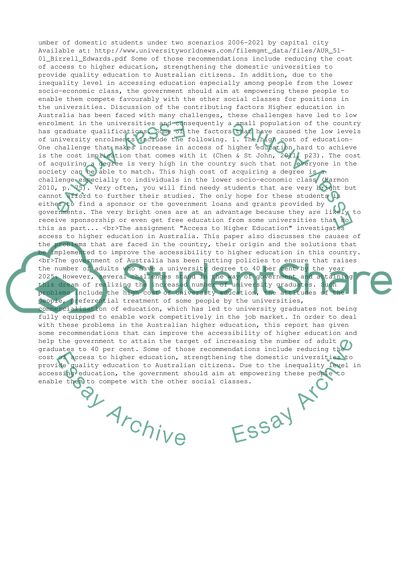Cite this document
(“Access to Higher Education Assignment Example | Topics and Well Written Essays - 1500 words”, n.d.)
Access to Higher Education Assignment Example | Topics and Well Written Essays - 1500 words. Retrieved from https://studentshare.org/business/1485160-business-report-about-access-to-higher-education
Access to Higher Education Assignment Example | Topics and Well Written Essays - 1500 words. Retrieved from https://studentshare.org/business/1485160-business-report-about-access-to-higher-education
(Access to Higher Education Assignment Example | Topics and Well Written Essays - 1500 Words)
Access to Higher Education Assignment Example | Topics and Well Written Essays - 1500 Words. https://studentshare.org/business/1485160-business-report-about-access-to-higher-education.
Access to Higher Education Assignment Example | Topics and Well Written Essays - 1500 Words. https://studentshare.org/business/1485160-business-report-about-access-to-higher-education.
“Access to Higher Education Assignment Example | Topics and Well Written Essays - 1500 Words”, n.d. https://studentshare.org/business/1485160-business-report-about-access-to-higher-education.


